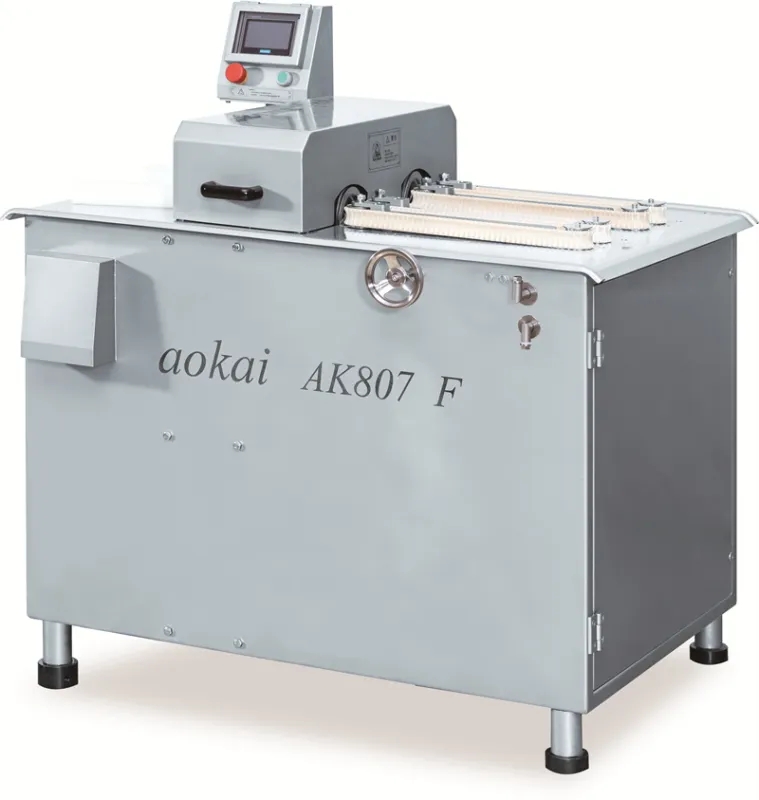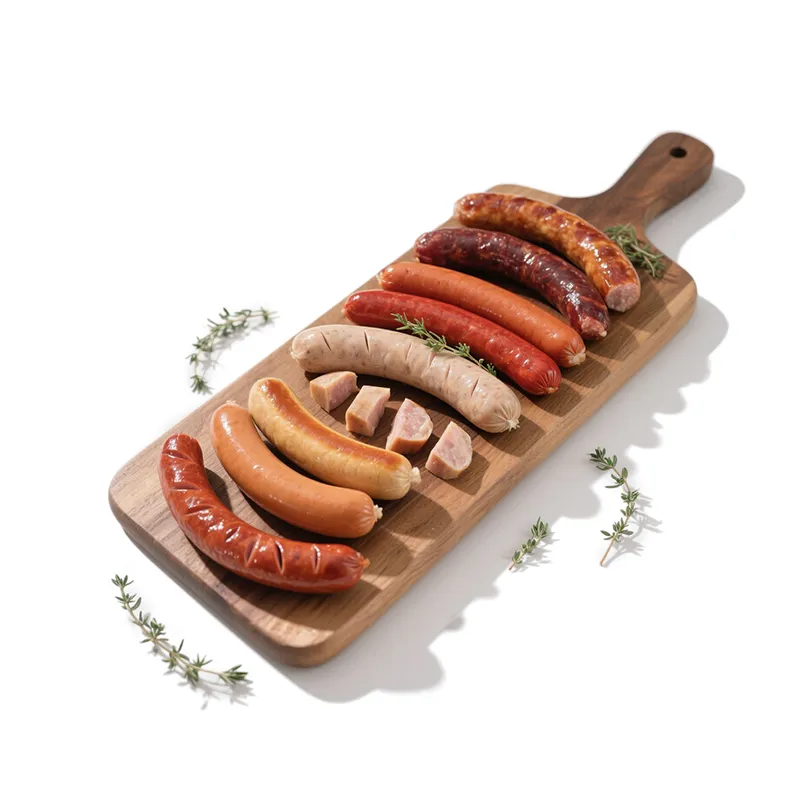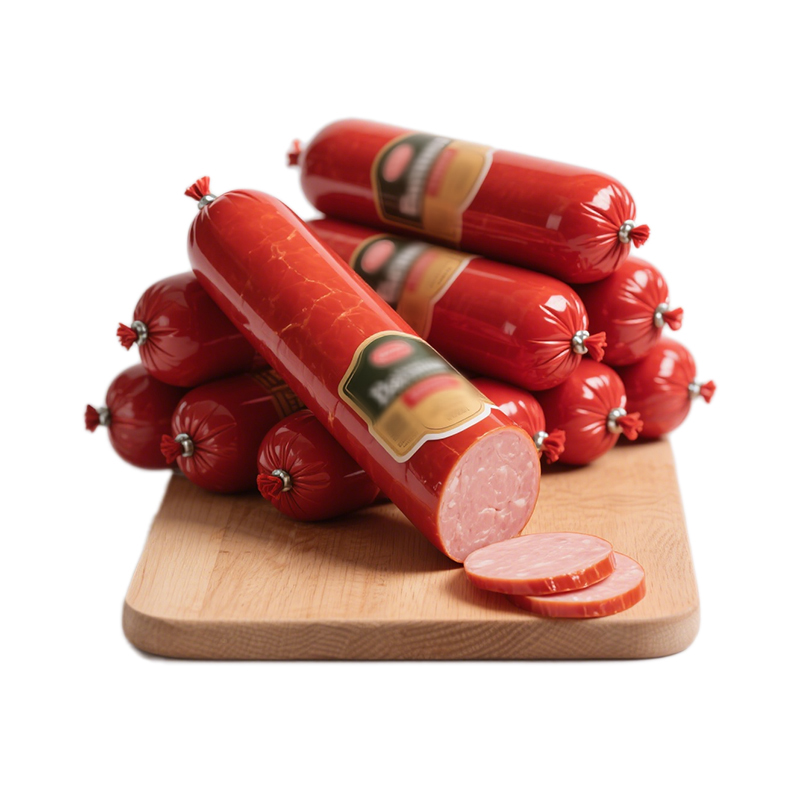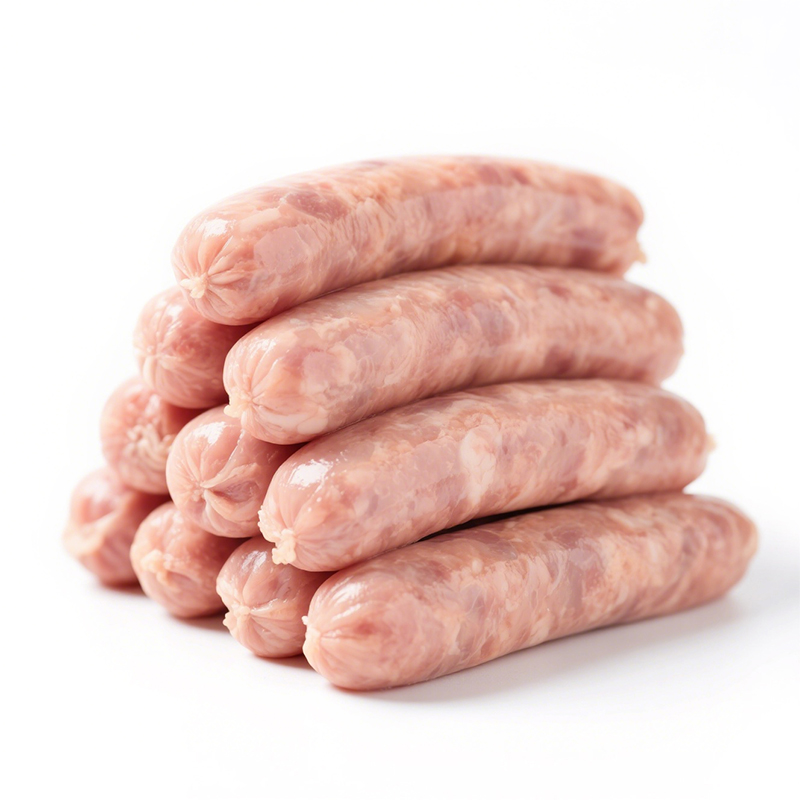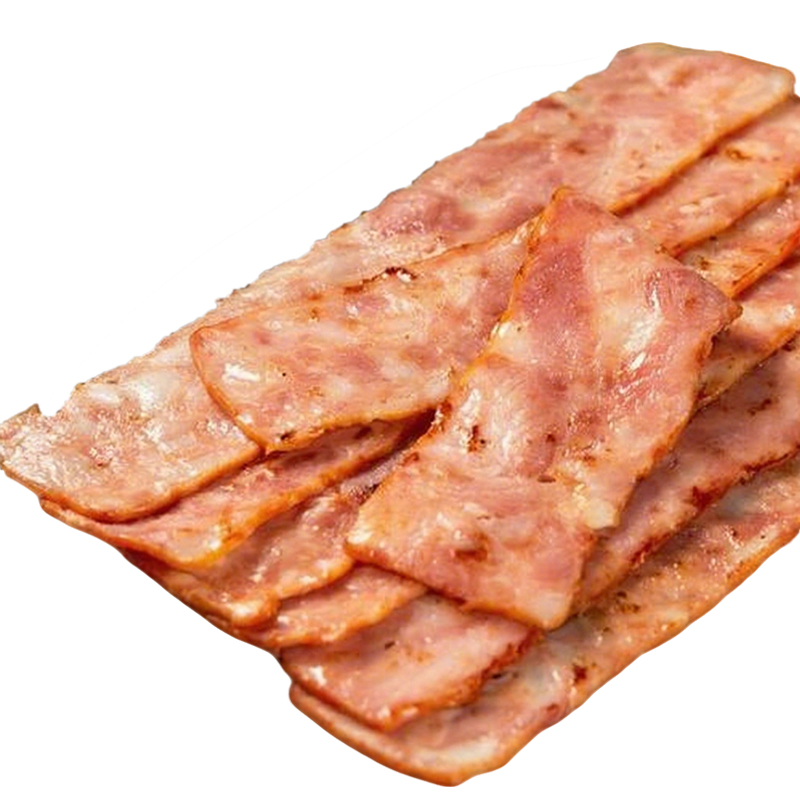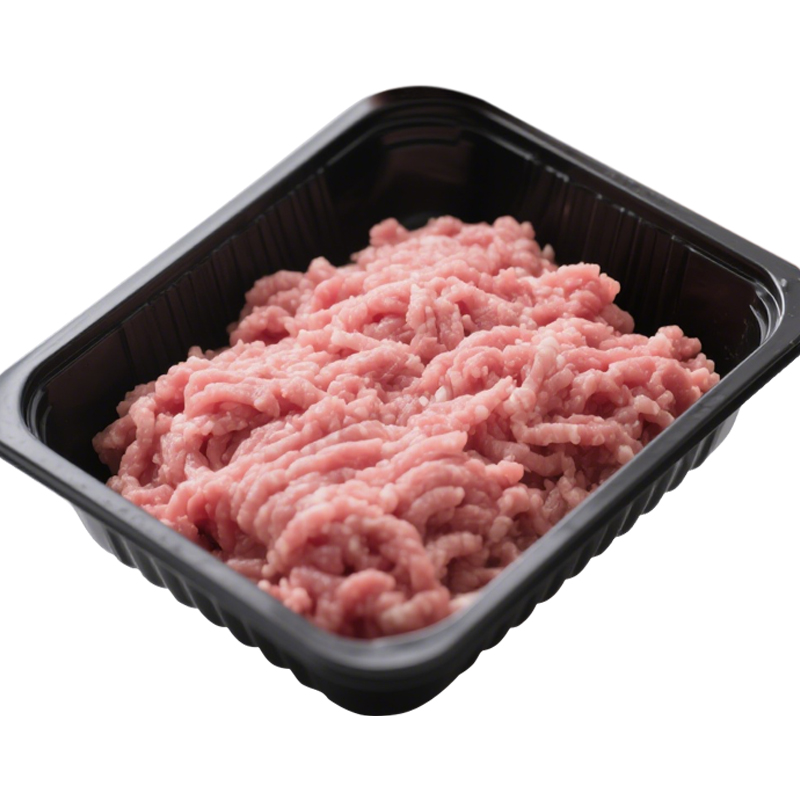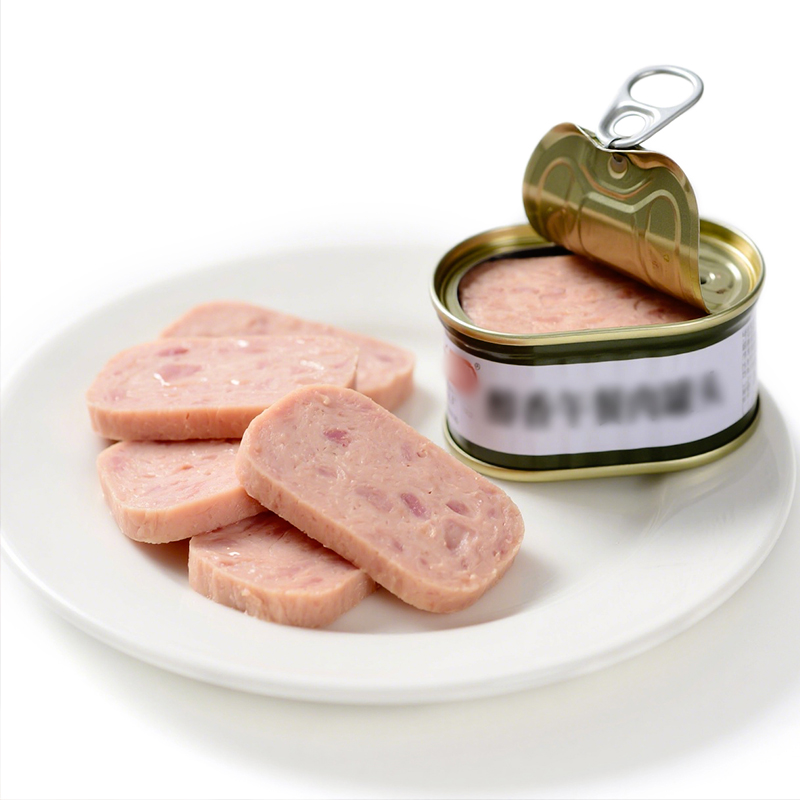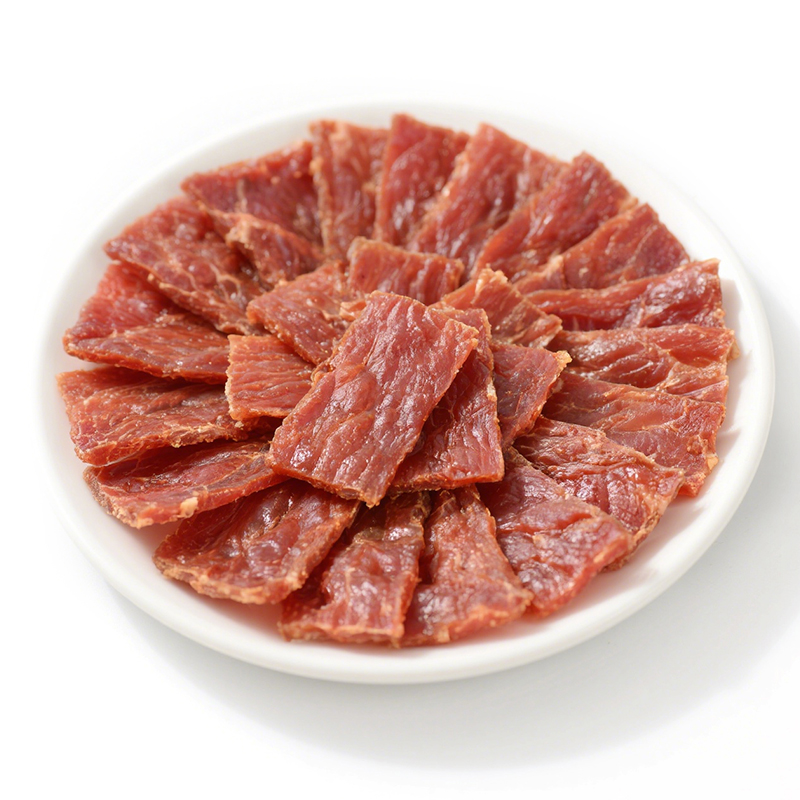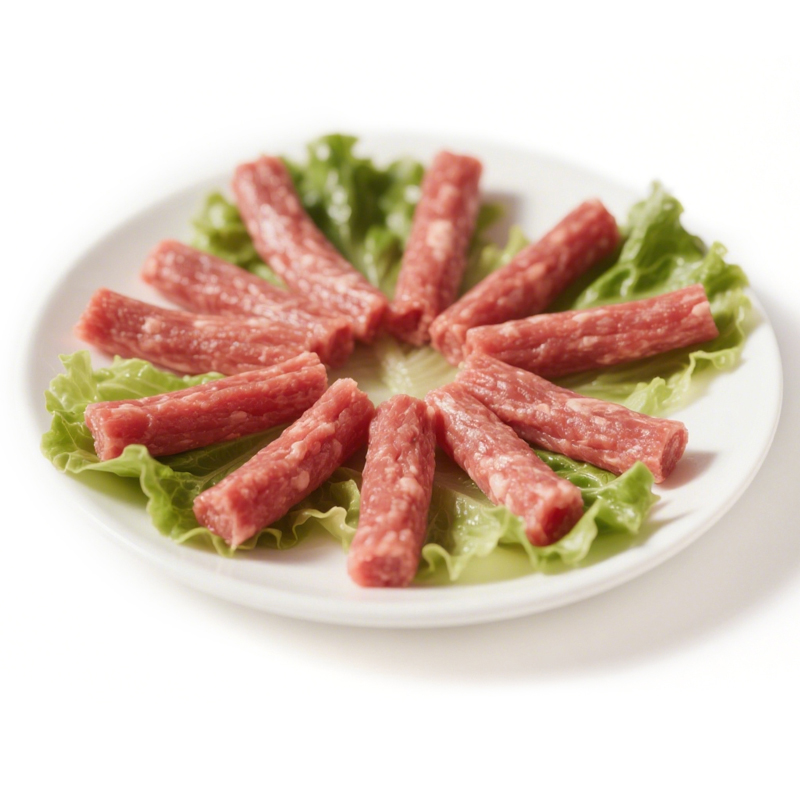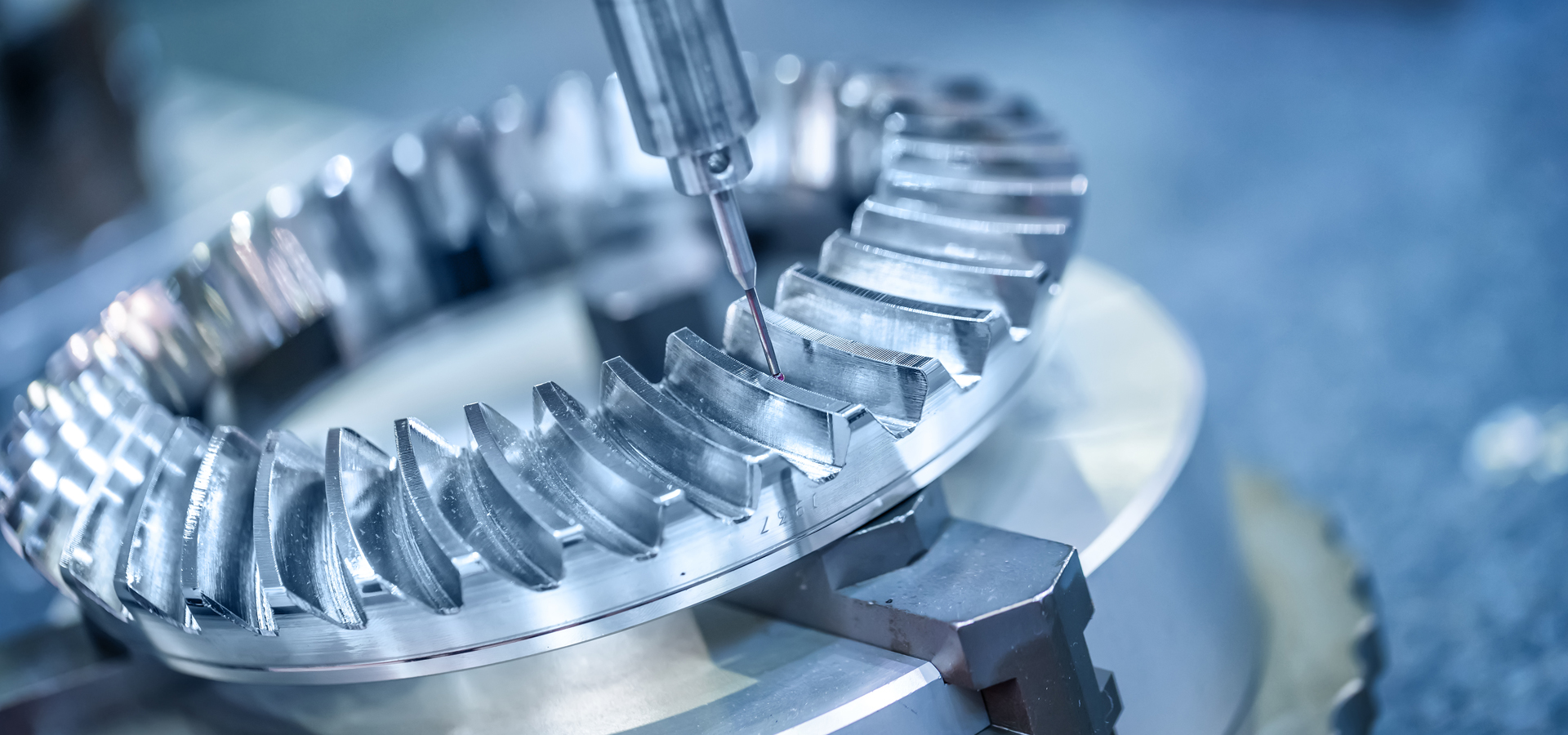Homemade sausages can be incredibly satisfying to make, but getting the perfect texture and consistency can take some practice. One helpful tool to improve your sausage-making is the use of sausage fillers. Sausage fillers are essentially binding agents that help hold the meat mixture together and create a smoother, more uniform texture.
Some common sausage fillers include bread crumbs, flour, oats, and even cooked rice or potatoes. These ingredients work by absorbing moisture from the meat mixture, which prevents the sausage casing from bursting during cooking. They also help create that signature sausage "bite" that distinguishes homemade links from store-bought.
When adding a sausage filler, it's important not to overdo it. Start with just a small amount, about 1-2 tablespoons per pound of meat, and adjust as needed. Too much filler can make the sausage dense and dry. It's also a good idea to pre-cook any starchy fillers like rice or potatoes to ensure they are fully cooked through.
Experiment with different filler types and quantities to find the perfect consistency for your favorite sausage recipes. With a little practice, you'll be making restaurant-quality sausages right in your own kitchen.
For sausage makers seeking to streamline their operations, specialized Sausage Filler And Tying Production Lines can be a valuable investment. These integrated systems from manufacturers like Foshan Aokai Machinery optimize key steps in the sausage-making process.
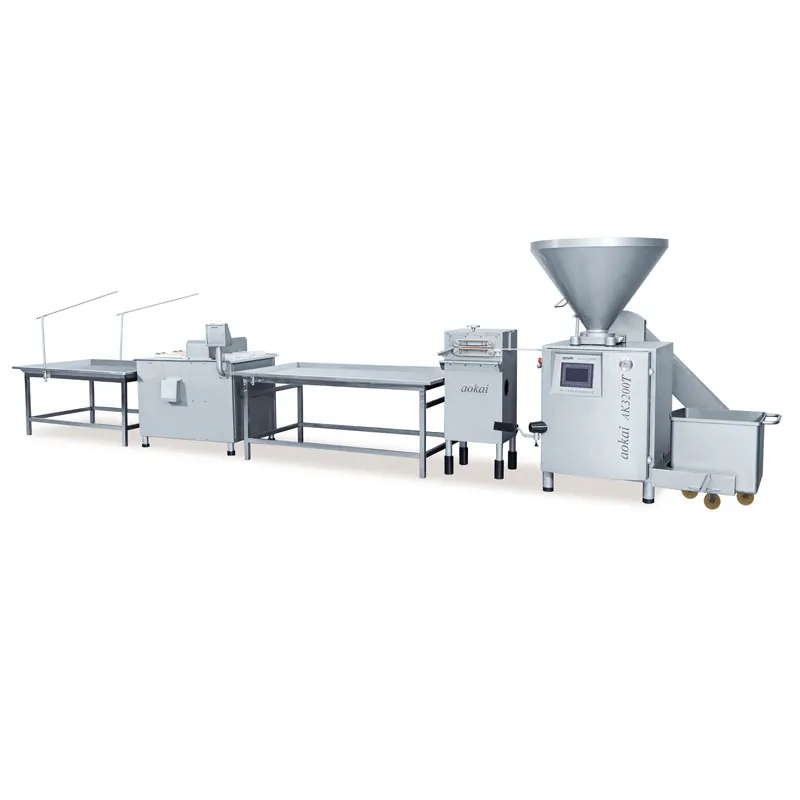
Aokai's filler component precisely measures the meat emulsion, filling each casing evenly to prevent issues like air pockets. The high-speed pistons can churn out links at an impressive rate, boosting overall output.
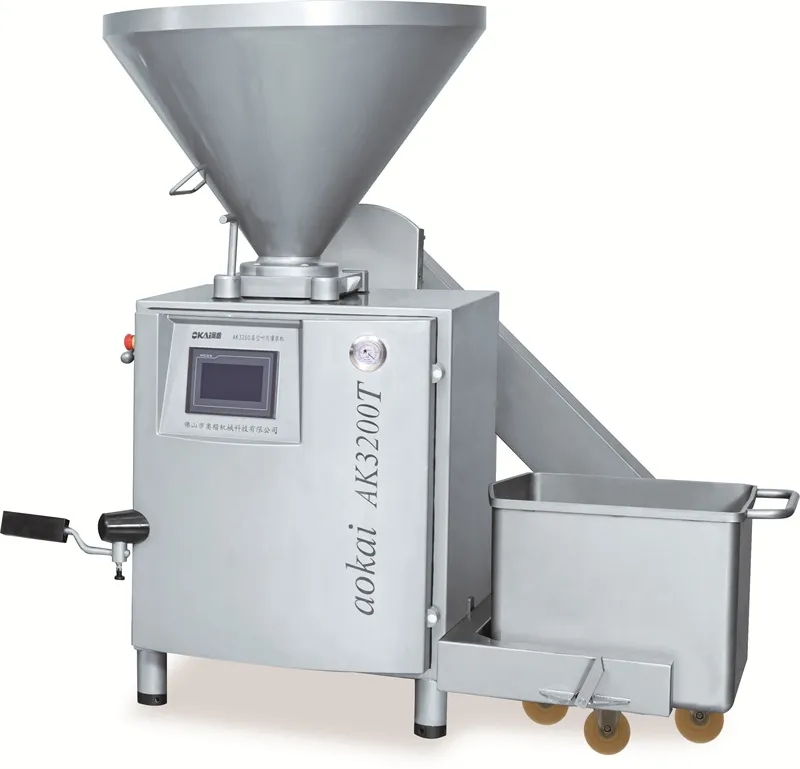
The integrated tying unit then seamlessly links and ties the sausages at consistent intervals, eliminating laborious manual work. Aokai's machines can handle a variety of casing materials, from natural to synthetic.
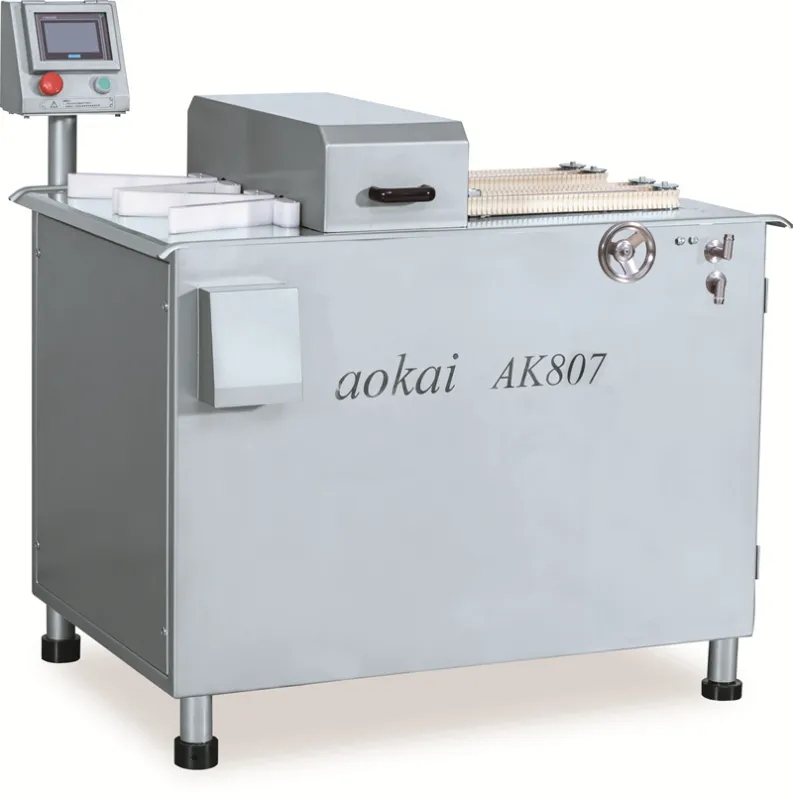
By combining filling and tying in a single automated system, Foshan Aokai production lines create an efficient, streamlined workflow. This optimizes labor and enhances product quality and consistency - crucial benefits for sausage makers aiming to maintain brand standards.
